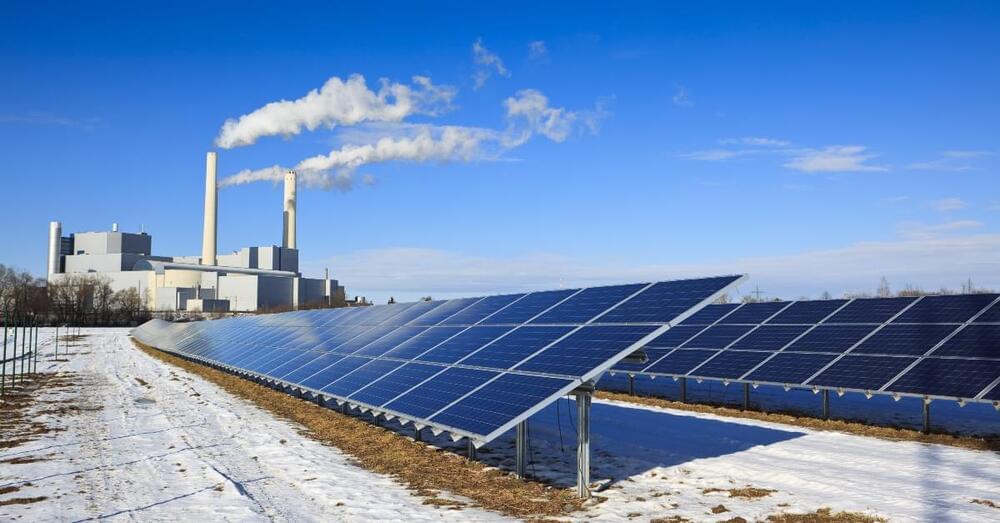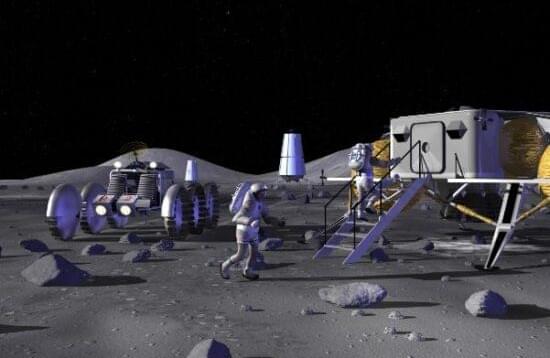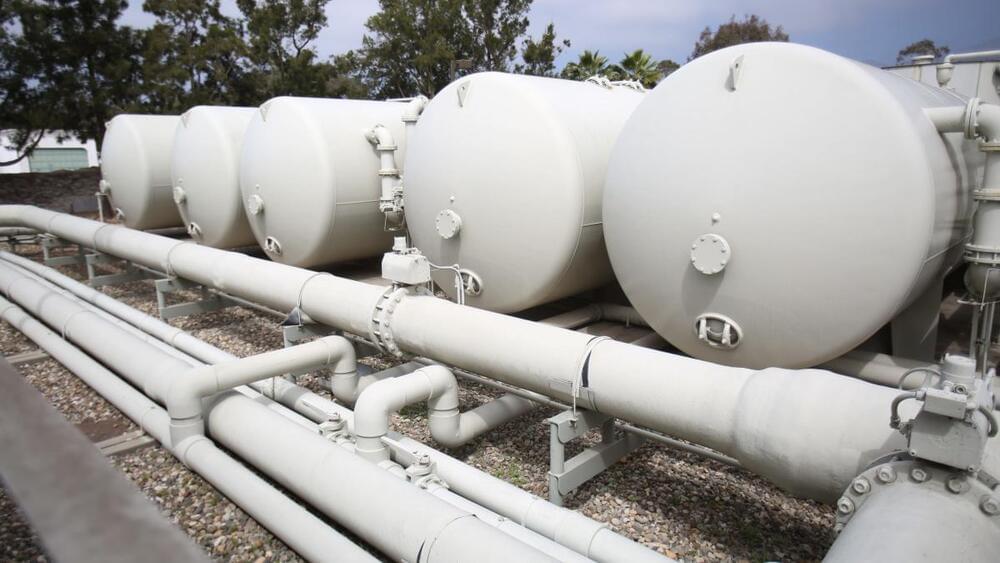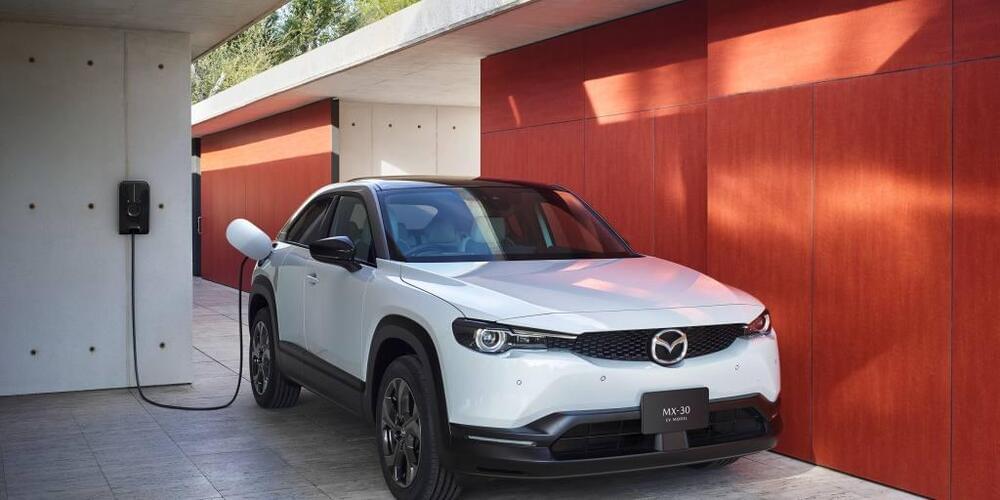Wing-like rigid sails are leaping from the rarified world of yacht racing to the backs of cargo ships.
There they go again. The firm BAR Technologies has roots in the elite environment of the America’s Cup hyper-competitive racing series, and lately it has been applying its know-how to design rigid sails for cargo ships. That’s right, wind power is making a comeback on the high seas, and the global shipping industry is down for it. Well, beginning to be down for it. Rigid sails for cargo ships are still in the tryout phase, but that could change as Russia continues to pinch the global fuel supply and climate goals kick in.
Berge Bulk Cargo Ship Catches Hard Sails Fever
BAR hooked up with Yara Marine Technologies a while back to bring its “WindWings” rigid sail technology to cargo ships. The latest shipper to take a look is Berge Bulk, which describes itself as “one of the world’s leading independent dry bulk owners with an outstanding reputation for the safe, efficient, and sustainable delivery of commodities around the world.”




